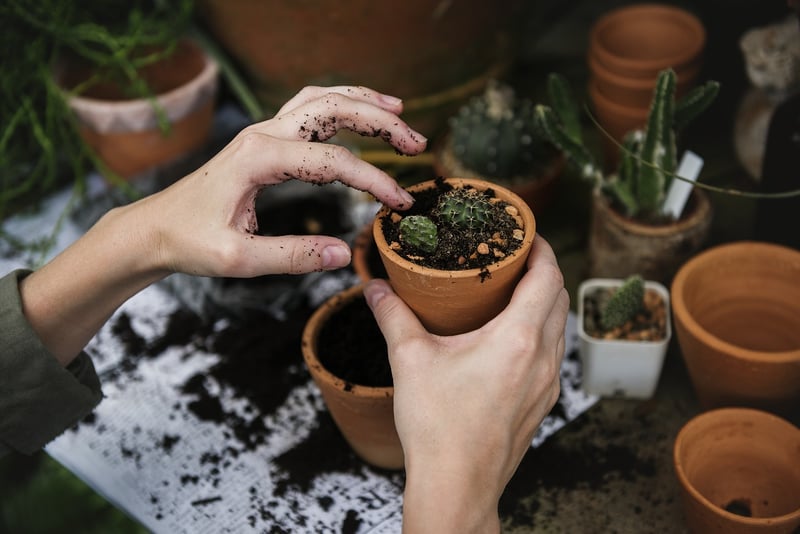Loamy Soil
The Importance of Soil in Vertical Gardening
Vertical gardening is an innovative way to maximize space and grow a variety of plants in a limited area. When it comes to vertical gardening, the type of soil you use plays a crucial role in the success of your plants. Different soil types have unique properties that affect water retention, aeration, and nutrient availability.
Loamy Soil: The Ideal Choice for Vertical Gardening
Loamy soil is often considered the ideal soil type for gardening, including vertical gardening, due to its balanced composition of sand, silt, and clay. This balance allows for good drainage while retaining moisture and nutrients, making it suitable for a wide range of plants.
Key Characteristics of Loamy Soil:
- Excellent drainage
- Good moisture retention
- Rich in nutrients
- Easy to work with
- Ideal for root development
Plants That Thrive in Loamy Soil:
Many plants, including vegetables, herbs, and flowers, thrive in loamy soil. Some examples include:
- Tomatoes
- Basil
- Roses
- Lettuce
- Zinnias
Tips for Using Loamy Soil in Vertical Gardening:
- Ensure proper drainage by incorporating perlite or coarse sand.
- Monitor moisture levels regularly to prevent waterlogging.
- Consider adding organic matter like compost to enhance soil fertility.
- Use raised beds or containers to control soil quality and depth.
By understanding the importance of soil types and choosing the right one for your vertical garden, you can create a thriving and visually appealing space for your plants to grow.

Image source: Pixabay
